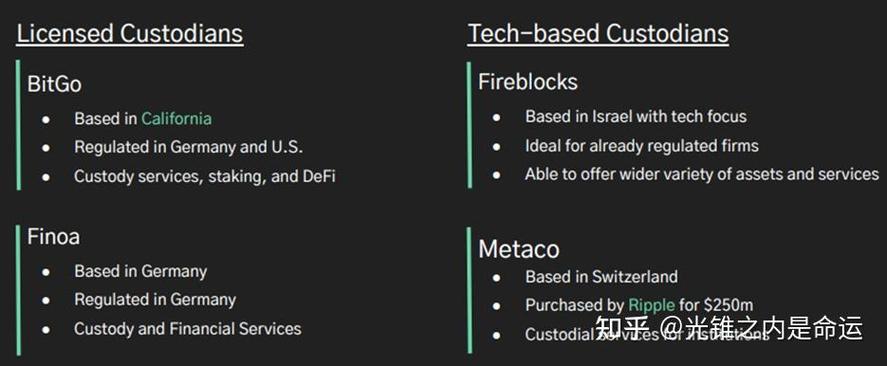The Rise of DEX Trading Volume: Understanding the Decentralized Exchange Phenomenon
 summary:
The rise of DEX trading volume reflects the growing popularity of decentralized exchanges....
summary:
The rise of DEX trading volume reflects the growing popularity of decentralized exchanges.... The rise of DEX trading volume reflects the growing popularity of decentralized exchanges. This phenomenon is due to the increased trust and security offered by decentralized exchanges, which allow for direct peer-to-peer trading without the need for intermediaries. As a result, traders are increasingly opting for DEXs, leading to a surge in trading volumes.
In the fast-paced world of cryptocurrency, decentralized exchanges (DEX) have emerged as a significant force in the market, disrupting the traditional centralized exchange paradigm. DEXs have seen a remarkable surge in trading volume, attracting investors and traders worldwide. This article delves into the phenomenon of DEX trading volume, exploring its underlying mechanics, advantages, and the reasons behind its growing popularity.
What is a DEX?
DEX, or decentralized exchange, operates on a decentralized network, typically built on blockchain technology. Unlike traditional centralized exchanges, DEXs do not rely on a central authority to match buyers and sellers. Instead, they facilitate peer-to-peer trading directly between users, with the help of smart contracts and automated market makers (AMMs). DEXs offer a more secure and transparent trading environment, as they eliminate the need for a central point of failure and provide users with greater control over their funds.
DEX Trading Volume: The Key Metrics
DEX trading volume refers to the total amount of cryptocurrency traded on a decentralized exchange within a specific period. It is an important metric to measure the health and liquidity of a DEX, as well as its popularity among traders. The rise in DEX trading volume indicates increased adoption of decentralized exchanges and reflects the growing trust in their security and transparency.
Understanding DEX Trading Mechanics
DEXs operate using smart contracts and AMMs to facilitate trades. When a user places an order on a DEX, the order is matched with another user's order using an algorithm. The smart contract executes the trade once the conditions are met, ensuring that the transaction is secure and transparent. AMMs play a crucial role in providing liquidity to DEXs, ensuring that trades can be executed quickly and easily.
Advantages of DEXs
DEXs offer several advantages over traditional centralized exchanges, which contribute to their growing popularity and trading volume. Some of the key advantages include:
1、Enhanced Security: DEXs provide a more secure trading environment as they do not rely on a central authority, eliminating the risk of hacking or foul play by a central entity.
2、Improved Transparency: DEXs provide a transparent trading process, with all transactions being recorded on a public blockchain. This transparency ensures that users can trust the system and have confidence in the fairness of trades.
3、Decentralized Control: DEXs offer users greater control over their funds and data, as there is no central authority involved in the trading process. This decentralized control allows for greater privacy and autonomy.
4、Improved Liquidity: AMMs used in DEXs provide liquidity to the market, ensuring that trades can be executed quickly and easily. This improved liquidity attracts more investors and traders to DEXs.
Reasons for the Rising DEX Trading Volume
The rising popularity of DEXs and the subsequent increase in trading volume can be attributed to several factors. Some of the key reasons include:
1、Growing Awareness: As awareness of cryptocurrency and blockchain technology increases, more people are realizing the benefits of using DEXs over traditional centralized exchanges.
2、Institutional Adoption: With the entry of institutional investors into the cryptocurrency market, there has been a surge in DEX trading volume. Institutional investors are looking for more secure and transparent trading platforms, and DEXs offer them just that.
3、Improved User Experience: DEXs have become more user-friendly over time, with the development of advanced interfaces and user-friendly features. This improved user experience has attracted more users to DEXs, leading to increased trading volume.
4、Development of AMMs: The development of AMMs has played a crucial role in increasing DEX trading volume. AMMs provide liquidity to the market, ensuring that trades can be executed quickly and easily, attracting more traders to DEXs.
Conclusion
The rise of DEX trading volume is a testament to the growing popularity and acceptance of decentralized exchanges. With their enhanced security, improved transparency, decentralized control, and improved liquidity, DEXs offer an attractive alternative to traditional centralized exchanges. As awareness and adoption continue to grow, we can expect DEX trading volume to continue rising in the future.

